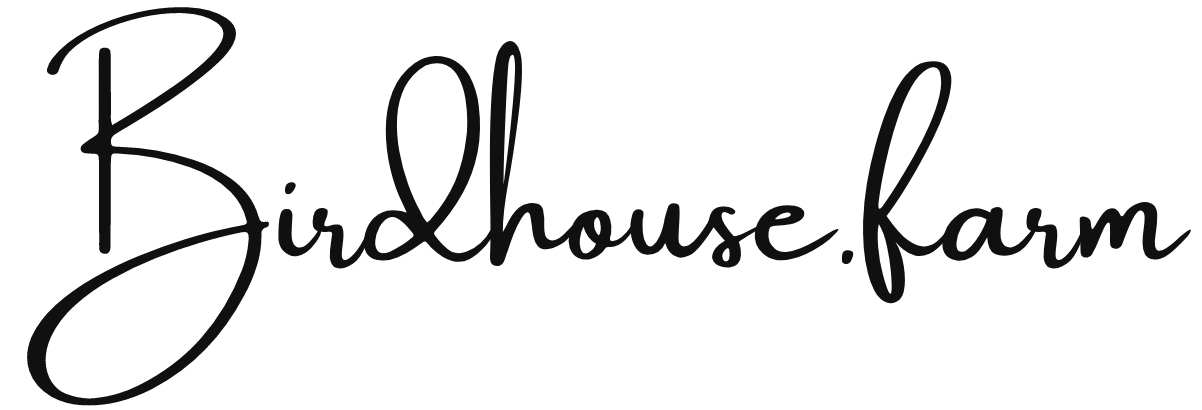Supporting Insect Populations in Rural Kansas: Transforming Lawns into Prairies
By transforming your lawn into a native prairie, you’re creating a stunning landscape while providing vital support for insect populations. Insects play a crucial role in our ecosystems, yet their habitats are often overlooked in urban and rural landscapes alike. In rural Kansas, where expanses of grasslands dominate the scenery, there's a tremendous opportunity to make a positive impact by converting traditional grass lawns into thriving prairies. In this blog, we'll explore how this simple yet powerful change can benefit insect populations and contribute to the overall health of our local ecosystems.
1. Embracing Biodiversity
Prairie ecosystems are bustling hubs of biodiversity, teeming with life. By converting your lawn into a prairie, you're creating a haven for a wide variety of plant species. More plants mean more food and shelter options for insects, leading to increased insect diversity right in your backyard.
2. Planting Native Species
One of the key aspects of prairie restoration is planting native grasses and wildflowers. These plants have evolved alongside local insect species, providing them with the perfect buffet of nectar, pollen, and foliage. Bees, butterflies, beetles, and more will flock to these native plants, ensuring their populations thrive.
3. Restoring Critical Habitat
In many areas, prairie habitat has been lost due to human development. Converting lawns into prairies helps restore this critical habitat for insects. From bees to grasshoppers, many insects rely on prairie ecosystems for food, shelter, and breeding grounds.
4. Saying No to Pesticides
Unlike traditional lawns that often require heavy doses of pesticides, prairies typically need minimal chemical intervention. By ditching pesticides, you're creating a safer environment for insects, including important pollinators like bees. Plus, fewer chemicals mean less harm to the environment overall.
5. Supporting Wildlife
Insects are the backbone of many ecosystems, serving as a vital food source for birds, reptiles, and mammals. By supporting healthy insect populations through prairie restoration, you're indirectly benefiting the entire wildlife community in your area.
6. Resilience in Drought
Kansas isn't a stranger to drought conditions. Luckily, native prairie plants have deep root systems that make them resilient in times of water scarcity. By choosing these plants for your prairie, you're ensuring that insect populations have a better chance of weathering dry spells.
7. Boosting Soil Health
Healthy soil is the foundation of any thriving ecosystem. Prairie plants contribute to soil health by improving structure and fertility, which in turn supports a diverse community of microorganisms. This healthy soil provides essential nutrients for insects and helps maintain the overall balance of the ecosystem.
Join the movement and support insect populations in Kansas. Making a simple changes in your own backyard can make a big difference for the environment and you can enjoy the beauty of a native prairie right outside your door.

